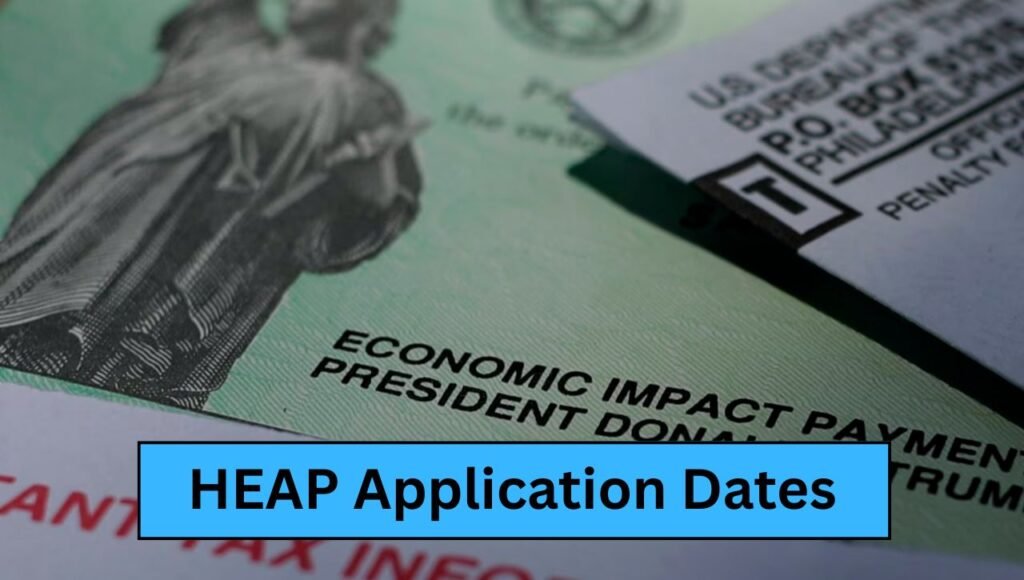With the arrival of winter here, heating costs increase in many homes, making it a financial challenge for many families. To reduce this problem, some assistance programs are run in different states in the US, under which financial help is given to eligible residents. These include New York State’s Home Energy Assistance Program (HEAP), which provides eligible families with assistance of up to $996 for heating expenses. Let’s learn in detail about this program and similar schemes available in other states, as well as understand the smart ways in which you can reduce heating expenses.
| Program | Benefit Amount | Eligibility Criteria | Application Period |
|---|---|---|---|
| New York HEAP | Up to $996 | Income-based; must include a child under 6, senior, or person with disability | Regular: Nov 1; Emergency: Jan 2 |
| Maine Relief Payments | $450 per person / $900 per couple | Income-based, 2021 tax return filed | Program Concluded |
| California Climate Credit | $195.80 total credit | PG&E and utility customers, auto-applied | April (gas), October (electric) |
$900 Stimulus Check: To help with heating bills

Keeping the house warm in winter should not be a financial burden. Schemes like New York’s HEAP program, Maine state relief payments and California’s Climate Credit are providing relief. If you are eligible for these benefits, apply soon, and if not eligible, save money by adopting ways to reduce heating costs.
$900 Stimulus Check: Who can apply?
What is HEAP?
The Home Energy Assistance Program (HEAP) is a federally funded program that aims to help low-income families with heating costs during the winter season. Under this, eligible people are given assistance in paying a part of their energy bills and can also get additional help in emergency situations.
Who can get HEAP benefits?
To be eligible for this scheme, the applicant must meet the following conditions:
- There is a child under 6 years of age in the household
- There is a member over 60 years of age in the household
- There is a person with a permanent disability in the household
- Income is within the limit set according to the household size (for example, the maximum annual income for a family of 4 must be less than $76,681)
What energy sources does HEAP cover?
A variety of fuels and energy sources are covered under this plan, such as:
- Natural Gas
- Heating Oil
- Electricity
- Propane Gas
- Wood and Pellets
- Kerosene and Coal
HEAP Application Dates

- Regular HEAP: Applications begin November 1
- Emergency HEAP: Applications begin January 2
Note: Funds are limited, so it’s important to apply early. Visit otda.ny.gov/programs/heap/ to apply.
Aid Programs Available in Other States
$900 Heating Relief Stimulus in Maine
A one-time aid of $450 per person or $900 per couple was provided in Maine due to rising energy costs.
Eligibility:
Must be a full-time resident of Maine in 2021
Income limits:
- Single person: less than $100,000
- Head: less than $150,000
- Married couple: less than $200,000
California Climate Credit
The California government offers two automatic credits to discount energy bills:
- $85.46 on gas bills (in April)
- $55.17 on electric bills (in October)
No application required—the amount will be added directly to eligible consumers’ bills.
Other energy assistance plans available at the federal level

1. LIHEAP (Low Income Home Energy Assistance Program)
This is a national program that provides low-income households with assistance with energy bills, energy crisis, and home upgrades.
2. WAP (Weatherization Assistance Program)
This plan helps make homes energy-efficient and offers the following features:
- Insulation of walls and ceilings
- Sealing of windows and doors
- Renovating heating systems
Smart ways to reduce heating costs
If you don’t qualify for HEAP or other assistance plans, you can still reduce your heating costs by following these tips:
- Adjust the thermostat – Lowering the thermostat by 7-10°F throughout the day can save up to 10% on annual heating costs.
- Seal leaks – Sealing windows and doors reduces energy consumption.
- Upgrade insulation – Installing the right insulation in the roof, basement and walls can save up to 30% on energy bills.
- Switch to an energy-efficient heating system – Replace old furnaces with energy-efficient models and take advantage of government rebates.
- Dress warmly and use curtains properly – Heavy curtains protect windows from cold air at night and wearing light warm clothing can reduce heating bills.
FAQs: $900 stimulus check and heating bill assistance
May renters benefit from HEAP?
The qualification test varies based on whether your heating cost is part of your rent payment or if you pay for heating directly.
In what manner are HEAP funds paid?
Energy suppliers get all payment monies from the majority of sources. Emergency payments do occasionally get forwarded to an Electronic Benefits Transfer card.
What if I miss the HEAP deadline?
You can apply for emergency HEAP assistance starting January 2.
Is HEAP a one-time aid?
Yes, but in some cases additional aid may be available for emergency assistance and heating system repairs.
Is there any other aid available apart from HEAP?
Yes, at the local level organisations like Salvation Army, Catholic Charities, United Way also provide aid.
Conclusion
If you are worried about rising heating costs in the winter, it may be worthwhile to learn about HEAP and other state-level assistance plans and apply early. Also, you can save on your electric and gas bills by adopting energy-efficient habits.



